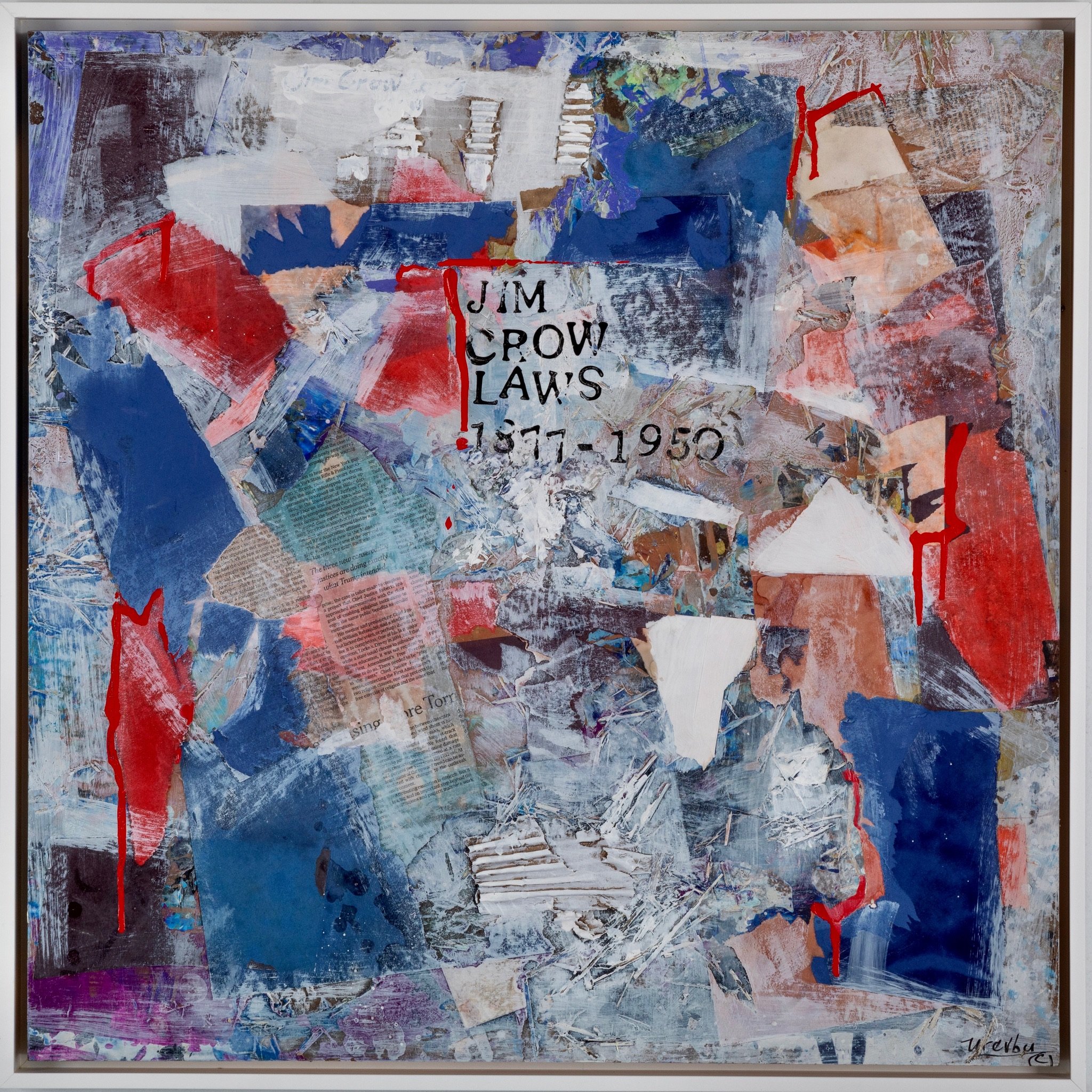Untold Stories Collection
Rosewood, 1923
The Rosewood Massacre of 1923 remains a stark reminder of the racial violence and systemic racism that plagued the United States in the early 20th century. Located in Florida, Rosewood was a predominantly African-American community where tensions erupted in January when Fannie Taylor, a white woman, claimed she had been assaulted by a black man. The circumstances of her accusation were highly disputed, but it sparked a chain of events that unleashed a brutal wave of violence.A white mob descended upon Rosewood, targeting its black residents with unprecedented fury. Homes and businesses were set ablaze, and black residents were terrorized and hunted down. Despite efforts by some black residents to defend themselves and their community, at least six African Americans were killed, and the town was left in ruins. Survivors fled, and the once-thriving community of Rosewood was essentially wiped off the map.The local authorities not only failed to protect the black residents but were complicit in the violence that ensued. The aftermath of the massacre saw no justice for the victims, and those responsible for the destruction faced little to no repercussions.The Rosewood Massacre stands as a tragic example of how racial prejudice and fear could lead to devastating consequences for African-American communities. It underscores the deep-rooted injustices and challenges faced by African Americans during this era, reflecting a broader pattern of racial violence and discrimination across the United States. The memory of Rosewood serves as a poignant reminder of the ongoing struggle for racial equality and justice in American history.Ephraim Urevbu
Rosewood 1923, 2022
Acrylic and mixed media on board
24 x 24 in (60.9 x 60.9 cm)
























